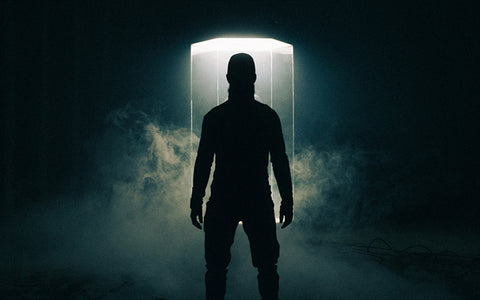Day 1 resulted in several capsizes on some of the whitewater. This continued into day 2 and so did the nature of the water we faced. Whilst this did not change our plans, I was constantly re-evaluating our progress and doing lots of speed/distance/time calculations in my head which essentially translated to plan b, c, d and e. These new plans were options where we could possibly get picked up earlier given our delayed and challenging start.
The reality was that we did not need to use these options and managed to successfully navigate 300km of the Delgermoron to its end at 5 rivers Camp.
1 specific example of having to change plans was when we were lining a rapid (I often refer to this sort of rapid as a graveyard – lots of rocks and boulders submerged just enough to cause us problems which would be extremely difficult to fix. Therefore, I made the call that we would line and wade the boats. Lining is the process of using ropes on the bow and stern of the canoe to make progess downstream, without having to empty to canoe. Given the nature of the river, this often meant we also waded. After 500m of this activity (a great team event in itself) we came to a left hand bend and a cliff. As we approached it from upstream, my heart sank and I held onto to something inside me that said, just get there and solve the problem.
However, once we arrived, cushion waves, strong current, deep water and undercut rocks were the reality. When I lead expeditions or indeed any outdoor activity, I really need to be aware of the ‘Human Factors’ that can result in making decisions based upon taking the easy way out/the short cut. As I stood and inspected the challenge, I realised that I already had my answer as the time it was taking was directly correlated to the reality that it would certainly be possible to get the group through this rapid, however, the consequences of failure would be extreme.
Therefore, we about-turned and were faced with the reality of ‘tracking & wading’ our boats back up the rapid we had just lined them down. Most definitely not a popular decision with the group – not a popular decision for me, but 100% the right one and after getting upstream to a suitable location we were able to ferry glide over to river left and make camp.
The expedition was 10-28 June 2025. Water levels were good and we potentially were still enjoying an element of winter snow melt.


























